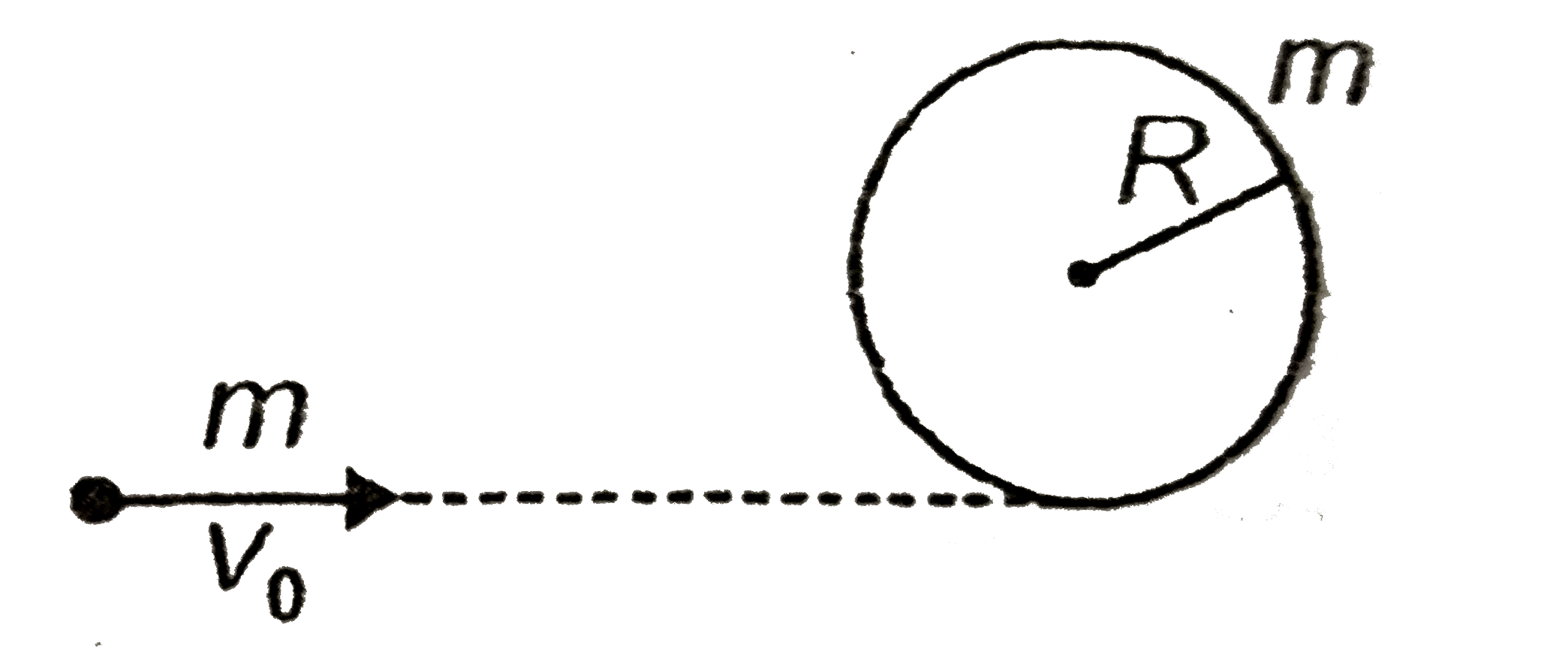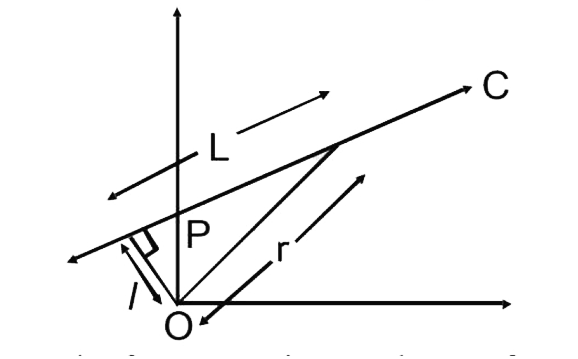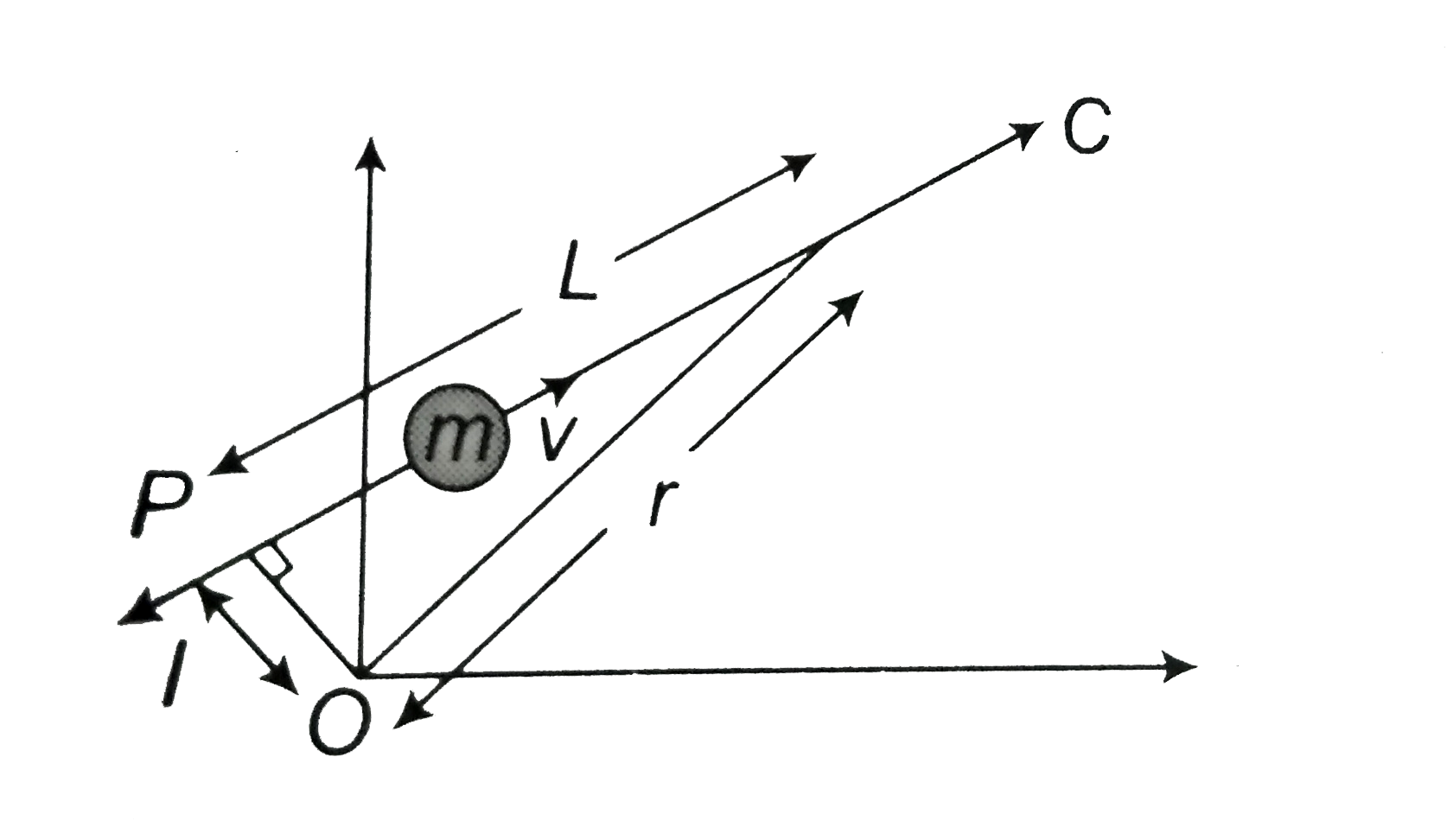A continuous stream of particles, of mass m and velocity r, is emitted from a source at a rate of n per second. The particles travel along a straight line, collide with a body of mass M and get embedded in the body. If the mass M was originally at rest, its velocity when it has received N particles will be
mvnNm+n
mvNNm+M
mvNm+M
Nm+Mmv
The correct Answer is:B
Nmv=(M+Nm)vf⇒vf=mvNM+Nm
Topper's Solved these Questions
- BOOK - ALLENCHAPTER - CENTRE OF MASSEXERCISE - EXERCISE-III42videos
CENTRE OF MASS
- BOOK - ALLENCHAPTER - CENTRE OF MASSEXERCISE - EXERCISE-IV A32videos
CENTRE OF MASS
- BOOK - ALLENCHAPTER - CENTRE OF MASSEXERCISE - EXERCISE-I40videos
CENTRE OF MASS
- BOOK - ALLENCHAPTER - BASIC MATHEMATICS USED IN PHYSICS &VECTORS EXERCISE - EXERCISE-IV ASSERTION & REASON11videos
BASIC MATHEMATICS USED IN PHYSICS &VECTORS
- BOOK - ALLENCHAPTER - ELASTICITY, SURFACE TENSION AND FLUID MECHANICSEXERCISE - Exercise 5 B (Integer Type Questions)3videos
ELASTICITY, SURFACE TENSION AND FLUID MECHANICS
Similar Questions
A disc of mass m and radius R is kept on a smooth horizontal surface with its plane parallel to the surface. A particle of same mass m travelling with speed v0 collides with the stationery disc and gets embedded into it as shown in the figure. Then
 View Solution
View SolutionA particle of mass m1 moves with velocity v1 and collides with another particle at rest of equal mass. The velocity of the second particle after the elastic collision is
View Solution
Knowledge Check
- Question 1 - Select One
A particle travels A to M along a straight line with a velocity of 8 m/s and M to A with a velocity of 2 m/s,
then the average velocity for the whole journey is –A3.2 m/sB−5m/sC−3.3m/sD0 m/s - Question 2 - Select One
A body of mass 1kg is moving along a straight line with a velocity of 1m/s. The external force acting in the body is
A1NB1 dyneC1JDzero - Question 3 - Select One
The escape velocity of a particle of mass m varies as
Am2BmCm0Dm−1
A body of mass m moving with velocity 3km/h collides with a body of mass 2m at rest. Now, the coalesced mass starts to move with a velocity
View SolutionA particle of mass m moves along line PC with velocity v as shown. What is the angular momentum of the particle about P?
 View Solution
View SolutionA particle of mass m moves along line PC with velocity v as shown. What is the angular momentum of the particle about O?
 View Solution
View SolutionA particle of mass m moves along line PC with velocity v as shown. What is the angular momentum of the particle about O?
 View Solution
View SolutionThe escape velocity of a particle of mass m varies as :
View Solution

